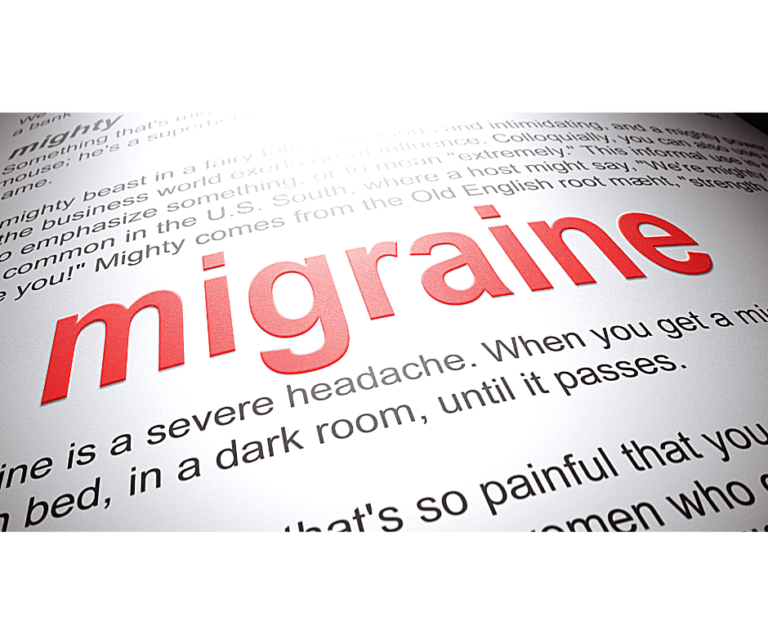By: d-mars.com
News Provider
Dr. Tonie Reincke, Reincke Vein Center
The progress of modern vein treatments has marked a substantial leap from traditional vein stripping procedures. Reincke Vein Center is dedicated to employing these cutting-edge vein treatments, delivering exceptional care to their patients. In the past, vein stripping, a surgical procedure, was commonly used for treating vein disease. However, it had several drawbacks and limitations that modern technology has sought to overcome. Here’s a comparison between modern vein treatment technology and vein stripping:
Modern vein treatment technologies, such as radiofrequency ablation (RFA), and foam sclerotherapy, are minimally invasive. RFA involves inserting a small catheter through a tiny incision and using heat to seal the affected vein. In the case of foam sclerotherapy, chemicals are injected through a needle to close the diseased vein. The simplicity and effectiveness of these procedures allow the physician, such as Dr. Reincke who typically spends no more than 15 minutes for each procedure. In contrast, vein stripping is an invasive surgical procedure that requires making several large incisions and physically removing the damaged veins. The out-dated procedure could take anywhere from an hour to an hour and a half.
Minimally invasive techniques have shorter recovery times compared to vein stripping. Patients undergoing modern procedures typically experience less pain, minimal scarring, and are able to return to regular activities the day of treatment. Vein stripping, on the other hand, involves a recovery period of 6 weeks and more noticeable scarring due to the evasiveness of the surgery.
Modern vein treatments often require only local anesthesia, meaning patients are awake during the procedure and experience minimal discomfort. This also allows physicians to perform these procedures in an office setting. In contrast, vein stripping is hospital based and usually involves general anesthesia, which carries its own set of risks and complications. Some complications include infection, deep vein thrombosis, and nerve damage.
While costs can vary based on location and specific circumstances, minimally invasive procedures tend to be cost-effective compared to vein stripping. This is due to the procedures being office-based, reduced anesthesia requirements, and faster recovery times.
In summary, modern vein treatment technology has revolutionized the way vein disease is treated. Minimally invasive procedures have shown comparable or even better success rates in treating vein disease. These treatments largely replaced the traditional vein stripping method due to their numerous benefits, including faster recovery, and lower risk of complications. If you’re considering vein treatment, come to Reincke Vein Center and consult directly with Dr. Reincke to determine the best approach based on your specific condition and circumstances. The vein guru, who specializes in Vascular & Interventional Radiology, can be found at 1111 Highway 6, Suite 170 Sugar Land, TX 77478 @ 281-394-4446.
https://reinckeveincenter.com/







